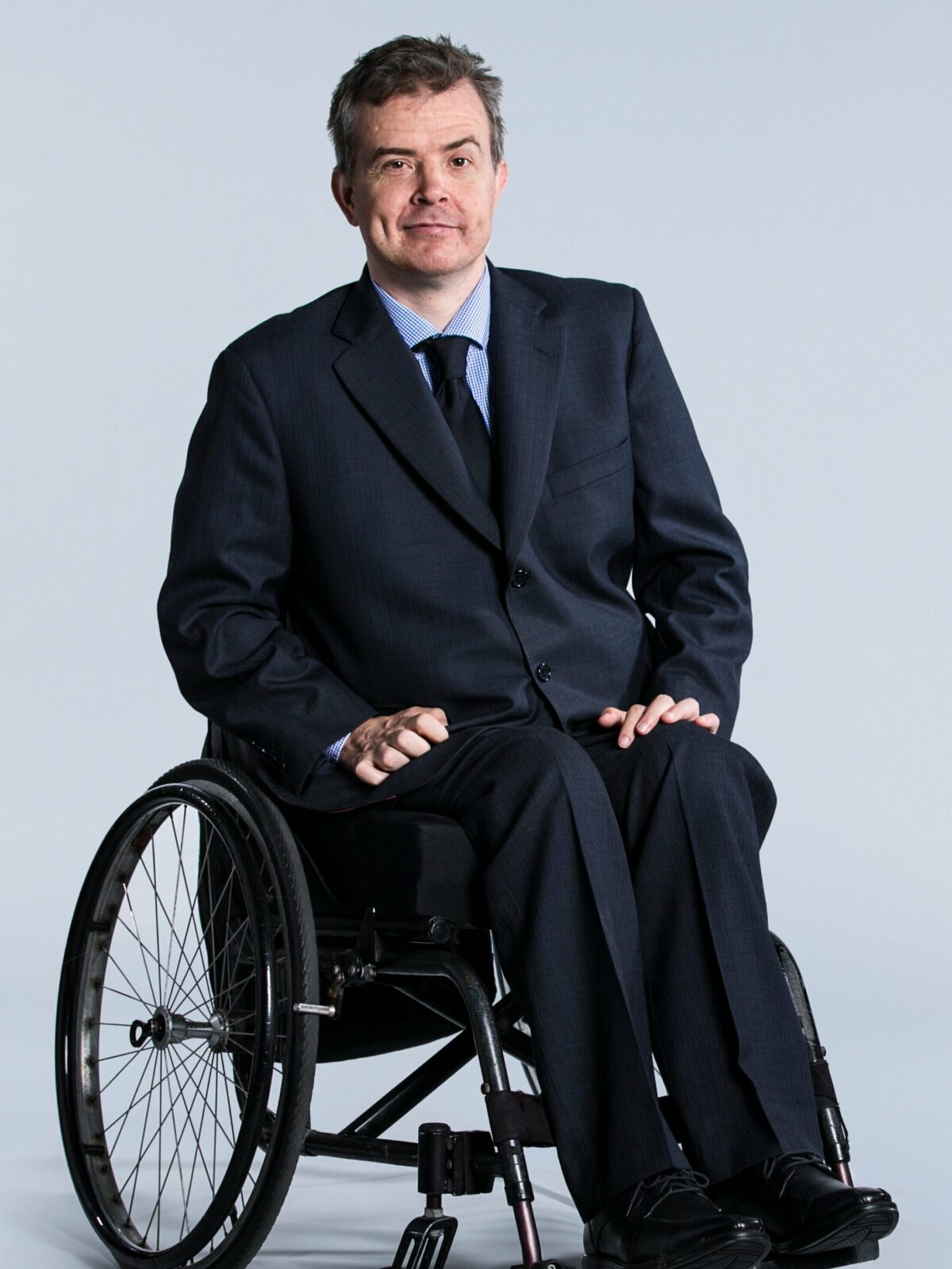
The NGO Training Centre’s CEO, Jasminne Hristic speaks at the ADSCA about recruitment and retention strategies that actually work, and guess what, the answer lies in Neuroscience and Social Influencing.
The NGO Training Centre’s CEO, Jasminne Hristic was invited to speak at the Gold Coast Convention Centre for the ADSCA is the Australian Disability Service Conference and Awards, hosted by One Community.
Jasminne Hristic, with a Master’s Degree in Business and an impressive track record of over 15+ years in executive coaching and transformation management, lead a thought-provoking discussion on the intersection of neuroscience advancements and social behaviour engineering insights for enhancing employee engagement and retention in disability support organisations.
During her insightful discussion, Jasminne Hristic emphasised the need for disability support organisations to leverage the knowledge of neuroscience and social behaviour engineering.
She went on to explain, that social behaviour engineering and neuroscience intersect in fascinating ways, offering insights into how organisations can optimise employee experiences and foster a positive work environment. In fact, organisations that embrace these practices experience a remarkable 30-40% increase in employee well-being and engagement, leading to enhanced productivity and exceptional outcomes.
These topics may sound too theoretical, but in fact the opposite is true, the true beauty of them is that they provide a very clear, which is easy to follow and implement. In this article I will provide you with the introduction information Jasminne provided, but for more information. Reach out the NGO Training Centre Team.
Social behaviour engineering, or social design approaches involves applying evidence-based principles to influence and shape human behaviour within social contexts. By leveraging knowledge from disciplines such as psychology, sociology, and behavioural economics, organisations can design interventions and strategies that drive desired behaviours and outcomes. This can include implementing path-suggestions, designing incentive structures, and creating supportive environments that encourage positive social behaviours.
Neuroscience, on the other hand, explores the workings of the brain and nervous system, providing a deeper understanding of how our brains process information, make decisions, and experience emotions. Neuroscience research has revealed the impact of social interactions on the brain and the importance of creating environments that promote well-being and engagement. It has also shed light on the neural mechanisms underlying emotions, empathy, and social cognition.
When it comes to employee engagement and well-being, combining social behaviour engineering and neuroscience can lead to powerful outcomes. By incorporating principles from social behaviour engineering, organisations can design interventions that influence employee behaviours and attitudes. For example, they can implement recognition programs that leverage the brain’s reward system, fostering a positive work environment and increasing motivation.
Neuroscience insights can inform the design of these interventions by identifying the brain mechanisms associated with employee engagement and satisfaction. By understanding how the brain processes social stimuli and experiences, organisations can tailor their strategies to activate neural pathways associated with positive emotions, trust, and social connection. This can include creating opportunities for collaboration, fostering a sense of belonging, and promoting inclusive practices.
Furthermore, neuroscience research emphasises the importance of factors such as autonomy, fairness, and status in influencing employee engagement and well-being. By integrating these findings into social behaviour engineering strategies, organisations can create environments that support employees’ social and emotional needs, leading to increased job satisfaction, productivity, and retention.
In summary, social behaviour engineering and neuroscience provide complementary perspectives for optimising employee experiences. By leveraging the insights from both fields, organisations can design interventions that influence behaviour, foster positive social interactions, and create workplaces that enhance employee engagement and well-being. This integration of disciplines holds great potential for creating thriving work environments and driving organisational success.
For more information on Jasminne Hristic and her work, as well as to explore upcoming events and training opportunities, please explore our ‘About Us’ page or subscribe to our Newsletter.
Follow Jasminne on LinkedIn: https://www.linkedin.com/in/jasminne-hristic-02b72416/







